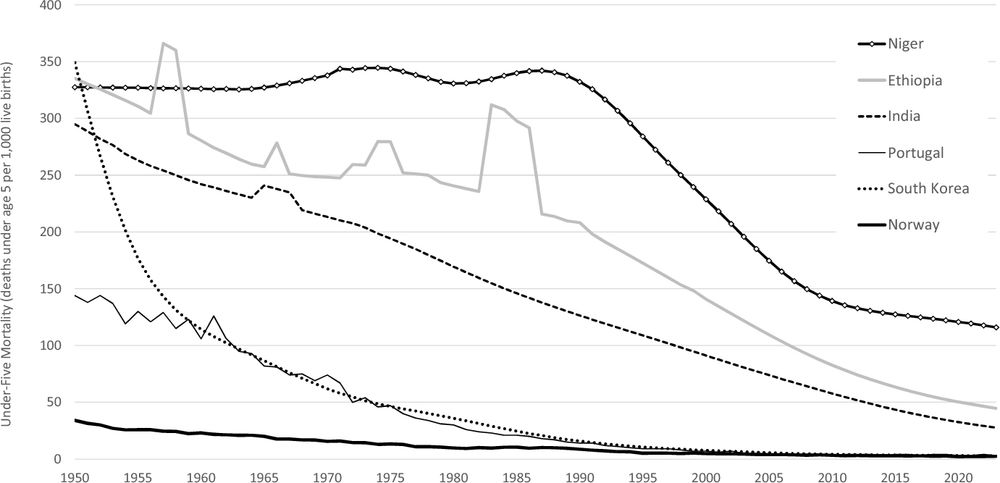
Working on development economics, demography & social policy, Tibet & western China. Wrote Poverty as Ideology (2018) & other stuff.
Also, besides all the other questions with the simple correlations in the FT piece, what if the interpretation is actually the opposite? If having kids makes people more conservative? Then the opposite conclusion follows (just to say how silly it is as an argument).
Also, besides all the other questions with the simple correlations in the FT piece, what if the interpretation is actually the opposite? If having kids makes people more conservative? Then the opposite conclusion follows (just to say how silly it is as an argument).
My latest short commentary on this: link.springer.com/article/10.1...

My latest short commentary on this: link.springer.com/article/10.1...
So, they are averages of sorts, but of very narrow and specific date ranges.
So, they are averages of sorts, but of very narrow and specific date ranges.
The 5-yr IF is cites in 2024 of articles from 2019-23 / # of those articles.
So both are citations in only one year, but of different date ranges.
The 5-yr IF is cites in 2024 of articles from 2019-23 / # of those articles.
So both are citations in only one year, but of different date ranges.
2-year JIF is specifically citations in 2024 to articles published in 2022 & 2023. 5-yr to articles published from 2019-23.
2-year JIF is specifically citations in 2024 to articles published in 2022 & 2023. 5-yr to articles published from 2019-23.

